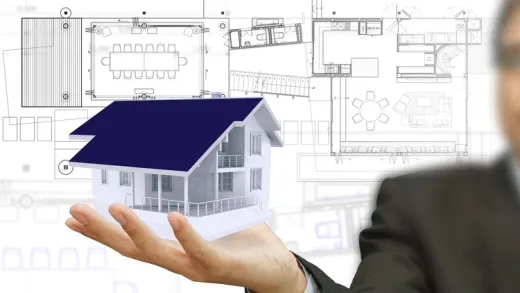Brief Summary
This course guides you through the essentials of constructing a shipping container home, covering crucial tips to avoid common mistakes while maximizing savings. Plus, you'll learn about the sustainable and sturdy nature of these homes, making it easier for you to plan your dream project.
Key Points
-
Understanding the do's and don'ts of building a shipping container home.
-
Savings of over $500 on your building project with better planning.
-
Shipping containers are a sustainable building option.
-
Containers are stronger than conventional framing.
-
Energy efficiency can be greatly enhanced with the right coatings.
Learning Outcomes
-
Identify 10 common mistakes to avoid when building with shipping containers.
-
Apply key features that every shipping container home should have.
-
Understand the energy efficiency benefits of shipping container homes.
-
Calculate potential cost savings in your building project.
-
Compare the strength and durability of shipping containers versus traditional homes.
About This Course
Learn the things to avoid and the things you must do when building your own shipping container home and save
Up to Date as at: January 2020.
Shipping Container Homes in 2020, why or why not?
Do's and Don'ts When Building a Shipping Container Home.
Learn the things to avoid and the things you must do when building your own shipping container home. You will save a lot of sleepless nights, time and money by just planning your building process better.
You can save more than $500 on your building project by applying the information covered in this course.
Why should you look into this course?
Over the last 10 years, an idea evolved to use stockpiled shipping containers as modular units for building office space as well as domestic homes. Because these empty hefty steel boxes are piling up in ports around the world and posing a storage problem. Since 2005 several architects and builders are taking advantage of this surplus to recycle the containers.
Looking at a container has 2 metric tons of steel which will take 8000 kwh of energy to melt down and make new beams. The process of modifying that entire 2 metric tons of steel into a higher and better use domestic home only takes 400 kwh of electrical energy (or 5%). This takes a bit more muscle and planning but we feel is that next step up for better Re-cycling.
Each long container measures 2.4 m wide by 12 m long by 2.5 m tall. Depending on the quality of a used shipping container, it could set you back anything from $2,000 - $10,000 per container.
According to structural engineers, these units are stronger than conventional house framing because of their resistance to "lateral loads" -- those seen in hurricanes and earthquakes -- and because steel is basically welded to steel. The roof is strong enough to support the extra weight of a green roof - which has vegetation growing on it - if the owner should want it.
As for their energy efficiency, they claim that when the appropriate coatings are installed, the envelope reflects about 95 percent of outside radiation, resists the loss of interior heat, provides an excellent air infiltration barrier and does not allow water to migrate in.
When applying a standard exterior siding to a house, the finished house is virtually indistinguishable from conventional housing.








Nathan G.
A good quick overview with some good considerations to keep in mind. Hi-level, not super in depth.